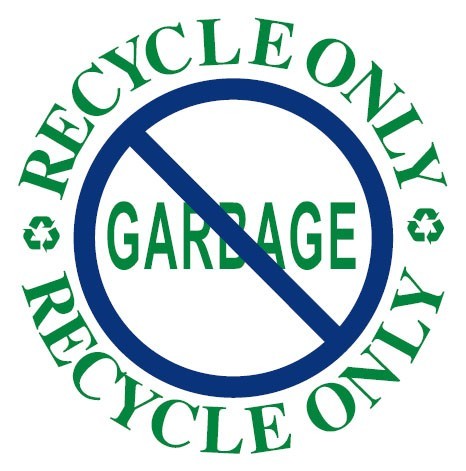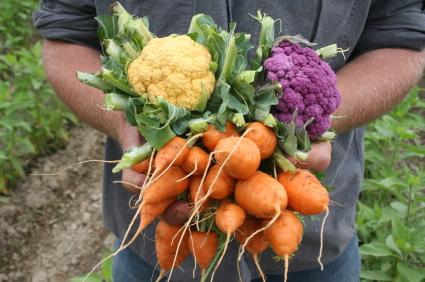 | Service Learning Project 1: Recycling1. Integrated Learninga. Preparation: Students will survey the school after lunch one day to see how much trash is left behind, after a typical forty minute period. They will observe what areas have the most trash and the least trash. They will also begin to take data on how much of the trash is recyclable.b. Service Action: Once students start researching and acquiring data of how much of the trash is actually recyclable, they will implement a recycling program at Oceanside High School. They will create a recycling program for the school. They will designate certain areas and trash cans to be marked for recycling only.c. Reflection: Once this project is completed students will reflect on it by writing a two page reflection of their experiences and how they can take this project further by trying to implement it into their communities. They will brainstorm in their papers about other ways they can help the environment and improve it so that it is a better place for everyone to live in.
|
- Meeting Genuine Needs - The recycling project meets the genuine needs of students because they are participating in creating a healthier environment for them and the future generations to live in.
- Youth Voice and Choice - Students will have a voice in raising awareness of how recycling can benefit their lifestyles and the environment. They are choosing to help their campus to be more environment friendly in their efforts to go green.
- Collaborative Efforts - Students will need to collaborate on making the posters as well as spreading the word around campus of recycling. They will also need to work together to create recycling bins and brainstorm where the bins should be placed around the campus to ensure that teacher and staff will see them and start using them. They will need to divide themselves into groups of four and assign certain sections of the school to each group so that they can ask the teachers in each class to start a recycling bin in the class. This will help them not to overlap when going around the school and ensures that all the areas of the school are covered.
- Reciprocity - Student participation in this project will help them realize that change starts with a small group of students. It only takes a small group with a passion that they want to change a certain part of the environment. In return, this project gives them a small taste of what they can do, even though they are still in school and what the results of their efforts are.
- Civic Responsibility - Students learn how to collaborate with others, work with local organizations and school personnel to change an area of the school that will benefit them in the long run.
Service Learning Project 2: Community Garden
- Integrated Learning
- Preparation: Students will research different soils around their community and decide which soil serves as the best for planting different types of plants. They will also research on different blueprint designs of gardens and which one will give them the most area they need for the garden.
- Service Action: Students will design a community garden and place it in a public area where everyone in the community is able to utilize it. They will also create an instructional manual to distribute to the community on how to properly take care of the community garden.
- Reflection: Once they complete this project, they will write a one page reflection on how they can promote healthy eating and habits throughout the community. They will reflect on what they learned about planting and utilizing a community garden and how they can pass on their knowledge to have family and friends.
- Demonstration: Throughout this project, students will draw their own blueprint of what they garden should look like. Then as a class they will decide on which one would be the most practical design for the garden. After they have made this decision they will start to build the garden and plant different types of plants and take care of it.
- Meeting Genuine Needs - The garden meets the genuine needs of the students and their community because it gives them a different option instead of buying groceries. Some families can't afford to buy vegetables at the grocery store. The community garden will also teach students' responsibility because they need to take care of the garden if they want to see the plants grow.
- Youth Voice and Choice - Students will have a choice of which plants they want to grow in the garden, the design of the garden and where they should place the garden as well.
- Collaborative Efforts - Students will need to collaborate on designing the blueprint of the garden and what kind of plants will they want to plant. They will need to also assign different tasks while building the garden so that everything is completed in a timely manner.
- Reciprocity - Student participation in this project will teach them responsibility and hard work. They are also giving back to the community that they are living in. In return, the community will see and recognize these students and hopefully be appreciative of the community garden.
- Civic Responsibility - Students learn how to collaborate with others, work with the community and connect with their community.
